In this article, I will show you how to recover a bridging transaction that gets stuck. Stuck transactions can occur due to network congestion, incorrect settings, or issues with the bridge, which may cause your funds to become temporarily inaccessible.
I will provide actionable guidance, official recovery methods, and preventative actions to ensure that your funds are safely retrieved, with a focus on minimising the chances of this occurring again.
What is a Bridging Transaction?
The act of transferring a cryptocurrency or a token from one blockchain to another using a cross-chain bridge is termed bridging a transaction.
Blockchains like Ethereum, BNB Chain, or Polygon do not directly connect, therefore assets cannot be seamlessly transferred.
A cross-chain bridge fixes this by minting and transferring equivalent tokens to the target chain while unlocking and burning tokens on the source chain.
This helps users to utilize the assets across various ecosystems, decentralized applications and Defi platforms.
Bridging transactions helps the user access cheaper networks with lower transaction fees, faster speeds, and wider range investment opportunities, but may be accompanied with issues, such as, delays and failures.
How To Recover Bridging Transaction If Stuck
For example, a stuck bridging transaction on Synapse Protocol is a pretty straightforward case: don’t panic, your funds are almost always recoverable. Here’s a step by step walkthrough:
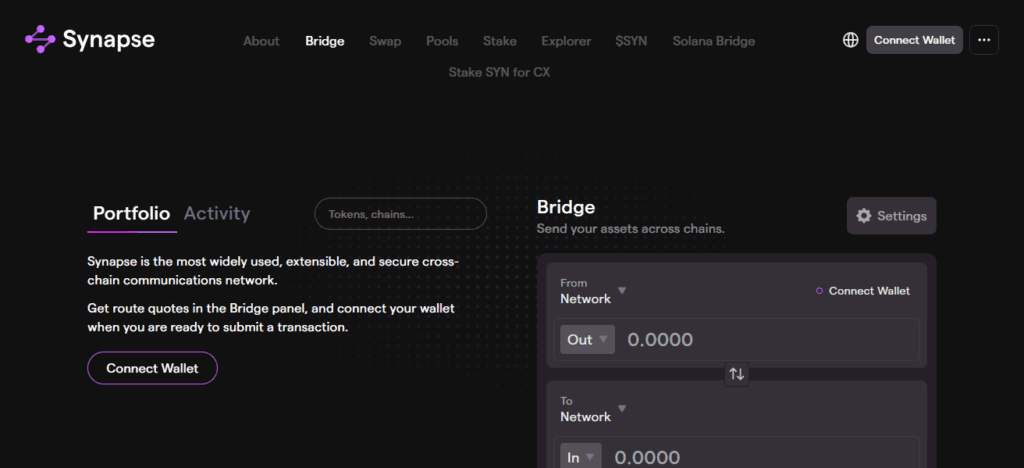
Check Transaction Status
Enter your transaction has on a block explorer (Etherscan for Ethereum for example or BscScan for BNB Chain). Pending is a block explorer notification, the transaction might stuck on the network due to low gas fees or network congestion.
Retry or Speed Up
In your MetaMask, wallet for example, you can clicked on the Speed Up button for gas and to get your transaction faster In case the transaction is still stuck, you might need to cancel the transaction and send a new one.
Synapse Bridge Recovery Tool
Head over to Syanse’s official website and go to the claim or recover page to At the destination chain, try to claim from your wallet.
Contact support if needed
Collect your transaction hash, wallet address and backend, backend chain and destination chain information.
Using Official Bridge Recovery Tools
1. Stargate Finance – Retry or Claim Function
Stargate Finance has a Retry/Claim function to recover any lost money from attempts at bridging attempts. If a particular transaction does not go to the end of the process, go to the Stargate dApp, connect the wallet, and find the area of transfers that have not yet been processed.
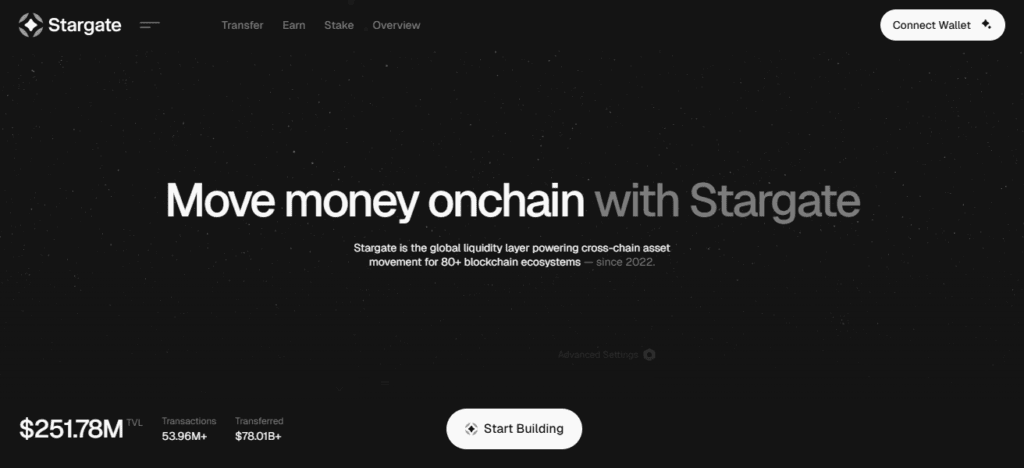
The claim function lets the users take back their tokens and funds in the destination chain. This function is needed and used often in cases of congestion when transfers are stuck.
2. Hop Exchange – Claim Portal
If a Hop user loses a bridging transfer midway, they can use the Claim Portal feature and claim the funds. It can only be activated if a user’s wallet is connected to the official Hop site and they are attempting to claim funds that their transaction did not complete.
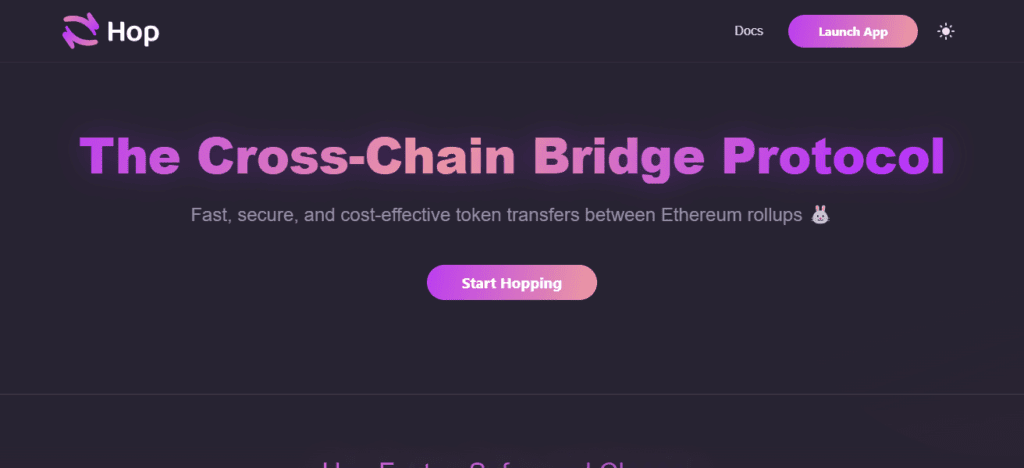
Here, users can manually claim funds without the need to initiate a new bridging process. Using the Hop system, funds are protected from becoming lost and unmovable during periods of congestion or lack of liquidity.
Phishing attempts are possible. Therefore, for their safety, users are advised to only utilize official Hop links to avoid having their contracts confirmed without their approval.
3. Across Protocol – Retry/Claim Option
If a transaction fails to complete Within the Across Protocol, a user can usually connect their wallet and access a manual Claim Button feature. With this feature, a user can claim and recover funds from a lost or unclaimed transaction.
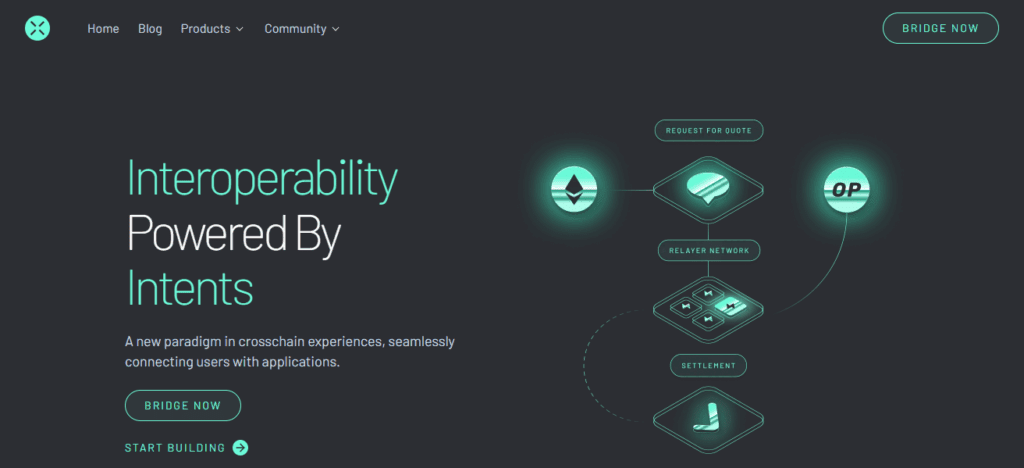
If the relayer does not complete a specific transfer, users can claim funds and manually transfer funds to the targeted filled wallet.
This is particularly important while a network is congested. Users are adviced to be on the official Across site to avoid scams.
4. Wormhole – Portal Bridge Recovery
Wormhole’s Portal Bridge provides a mechanism that allows users to manually complete cross-chain transfers.
If a bridging transaction is stalled for a long time, users can connect their wallets, access the official Portal Bridge interface, and see if any transfers are sitting incomplete.
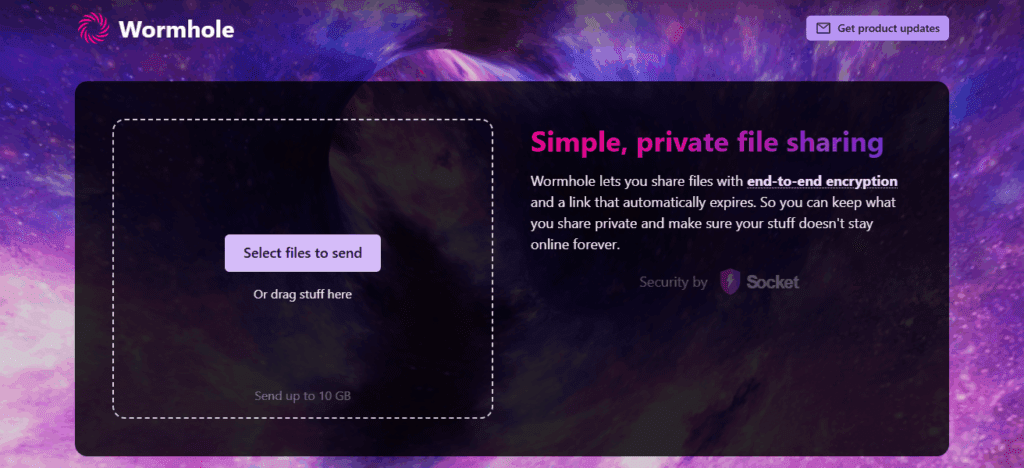
This tool allows users to manually ‘redeem’ or ‘complete’ the transaction on the destination chain. This system stops assets from being locked and lost forever.
Because Wormhole works with many different blockchains, it is vital that users choose the correct source and target chains to prevent problems and ensure smooth recovery.
How Cross-Chain Bridges Work
Cross-chain bridges are instrumental in transferring assets and data across different blockchains, operating in silos.
When a user sends tokens through a bridge, the original assets are usually locked on, or burned on, the source chain.
In exchange, either equivalent tokens are minted, or released, on the destination chain. Some bridges rely on liquidity pools, where users on either side, provide assets, to enable instantaneous swaps.
By facilitating interoperability, bridges enable token usage spanning multiple ecosystems, multi-chain access to DeFi applications, and congestion mitigation on high-traffic networks.
Common Fixes for Stuck Bridging Transactions
Increase Gas / Speed Up Transaction
You can assign higher gas fees from your wallet to unsent transactions during times of high congestion.
Cancel Transaction (If Possible)
Canceling transactions can be done through the option from your wallet in order to stop pending transactions.
Resubmit with Correct Parameters
Bridging transactions should not originate from the wallet with wrong destination address, incorrect chains, or token selected.
Switch RPC Nodes to Refresh the Stuck Status
The RPC node in the wallet should be changed to remove errors from the node pending from other transactions.
Retry after the Network Congestion has Cleared
Increased chances of confirmation by retrying the bridging transactions only after the network distance has lessened.
Preventing Stuck Bridging Transactions in the Future
Always Use Recommended Gas Fees
Paying the suggested gas fee lowers the possibility of your transaction stagnating and becoming stuck due to network congestion.
Double Check Network Selections Before Bridging
Make sure to carefully analyze both the source and destination chains. Assets sent to the wrong network may be lost forever.
Use Official RPC Endpoints And Avoid Third Party dApps
Use only verified RPC nodes and official bridge interfaces. Third-party applications may make mistakes and cause delays and offer scam bridges.
Rather Bridge Large Amounts, Start with Small Amounts
To test the bridge, make sure you only send a small transfer. This protects you against major losses incase a transaction stagnates.
Follow Up with Bridge Status Channels
Bridge users must keep track of any major updates or announcements on their official Discord, Telegram or Twitter pages. Other networks may slow down your transactions.
Pros and Cons How to Recover Bridging Transaction If Stuck
| Pros | Cons |
|---|---|
| Funds Usually Safe: Most stuck transactions can be recovered using official tools or proper procedures. | Time-Consuming: Recovery may take hours or even days, especially during network congestion. |
| Multiple Recovery Options: Options include speeding up, canceling, resubmitting, or using official bridge claim portals. | Technical Knowledge Required: Users must understand wallets, chains, and transaction hashes to recover funds safely. |
| Official Support Available: Most bridges provide dedicated support or recovery portals to assist users. | Scam Risks: Using unofficial recovery methods or third-party services can result in permanent loss. |
| Prevents Permanent Loss: Following recovery steps can ensure funds reach the intended chain. | Potential Fees: Speeding up or resubmitting transactions may require extra gas fees. |
| Enhances User Awareness: Learning recovery steps helps prevent future issues and improves transaction management skills. | Limited Window: Some recovery tools may only work within a certain timeframe after the transaction. |
Conclusion
In summary, recovering a bridging transaction that has gotten stuck is fairly easy provided that the right steps are followed. First, check the transaction status and then attempt a speedup, cancellation, or resubmission.
Whenever possible use the official bridging recovery tools and reach out to support. Remaining patient, calculated, and informed ensure that your funds are safe and reduce the chances of the same problems arising in later transactions.
FAQ
It’s when a cross-chain transfer fails or remains unconfirmed, leaving your tokens temporarily inaccessible.
Common causes include network congestion, insufficient gas fees, wrong chain selection, or bridge downtime.
Yes, most stuck transactions can be recovered using official tools, wallet features, or bridge support.
Use blockchain explorers like Etherscan, BscScan, or Polygonscan with your transaction hash to verify its status.
Options include speeding up the transaction, canceling it, resubmitting with correct parameters, or using official bridge recovery portals.











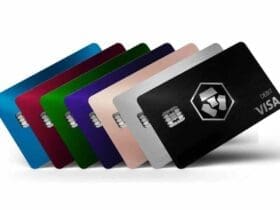
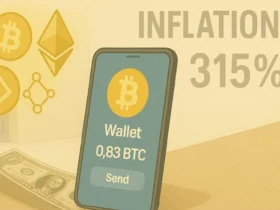

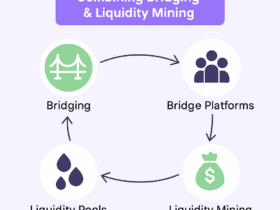
Leave a Reply